In This Article
I guess that not one of us likes to have pimple-covered skin, and yet it is really common, most in adolescence age. Those zits seem never to go away, and the bigger they get more they hurt, plus they are not adding to our aesthetic look in any way.
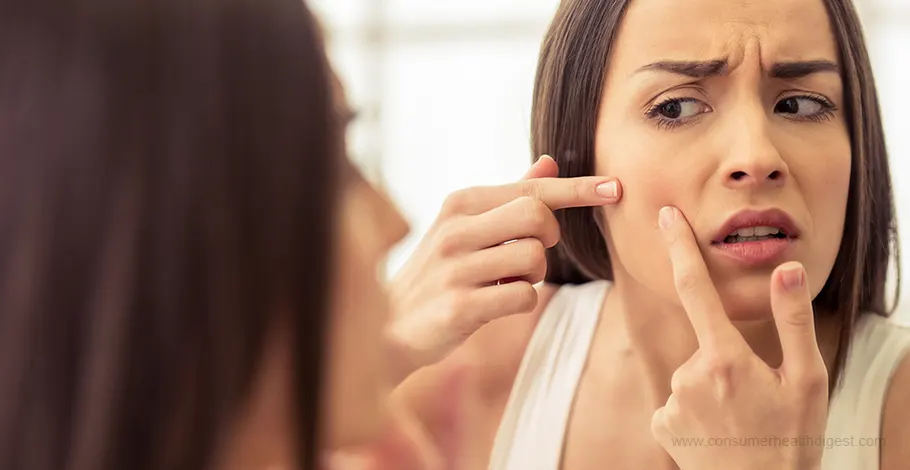
And a lot of people are facing a dilemma or whether should they pop that fats and acne. Popping might solve the issue for now, but if not done right it can leave a scar, and the problem is still inside of skin, so you did not really solve it.
On the other half not touching them might seem better, but sometimes it just takes a really long time that it goes away by itself and once it does it reappears on another spot.
But what causes sebum buildup on face? Well, the occurrence of pimples, or so called zits, is the consequence of increased sebum production, caused both by some inner and outer factors.
Now that sebum is actually a mixture of lipids that cannot be found anywhere else in the body, and it serves as a skin protection, but once things get out of control, it can just cause harm.
Keeping this in mind, one might wonder how fats and sebum are related?
Explaining Fats and Sebum
Functions of sebum, as we already said, has been shown to have a great effect on causing pimples and more severe cases of acne. Now, it was not really clear on how and why does that happen, so scientists conducted few related tests. They asked for the help of 61 students, who put a special tape on their foreheads so scientists could take sebum examples.
After looking at the structure they found that mostly sterols, prenols and diacylglycerols were present in sebum, when sebum hardens and the sebaceous duct? So the lipid construction of sebum is in charge of causing problems once sebaceous glands overdo and start producing more than it is needed.
While it might be clear what the structure of sebum liquid is, there is one thing that we still did not discuss about and that is what hormones cause sebum production?
Although many think that it is just part of adolescence it is not fully true as there are other factors that could increase the risk, with one of the main actually being nutrition:
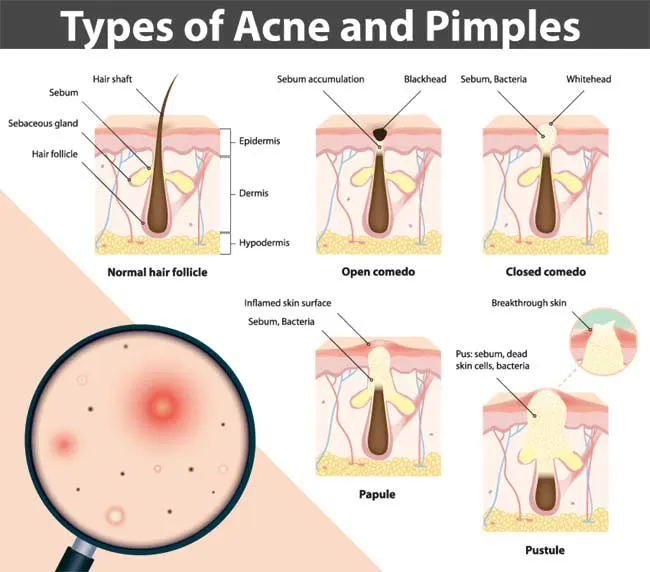
- The most logical thing would be that eating fats increases the composition of sebum production because sebum is made of lipids. And that is true if we go by the rule, you are what you eat. Truth is though somewhere in between.Although too much fat can affect sebum production, that will happen if all of those fats are saturated fats and most trans fats which are not good for overall health anyways. More to say, eating healthy fats, including omega 3, actually protect skin and a fatty meal suppresses for a longer time than a high-carb one, and that can decrease sebum production as well.
- If we are looking at carb intake, those actually seem to affect sebum production, as they spike insulin levels more easily. Having this in mind, the carbs that could increase the acne risks are mostly refined ones, like sugar and white flour, while there is nothing with the ones with lower GI index.
- Fruits and vegetables should be included as much as possible in a diet, though one should eat a moderate amount of fruits that have high GI index, as those can increase acne risk as well.
Along with that one of the factors that can affect sebum production is actually stress as it has been proven, that people who are more under more pressure and feel anxiety are more likely to develop zits over their face and body.
If we look at this there are few factors that might affect our testosterone levels and sebaceous gland activity, but still, we can have our influence a bit thereby using the information we have to prevent it.
How to Prevent and Treat Pimples?
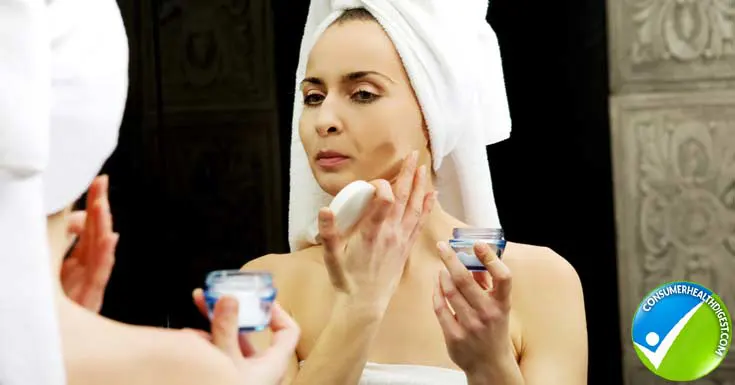
There are few things you might want to prevent pimples and not bother with whole fats and sebum correlation theory:
- Keep your face clean and moisturized as that will help remove dead cells and bacteria from the skin.
- Maintain a good balanced diet with reduced intake of trans fats, sugar and white wheat flour products.
- Exercise regularly, at least 120 minutes a week, as physical activity has been proven to have an overall good effect on the body, and skin as well.
- Keep your hands off your face as all that dirt that can build up is easily transferable to face as well.
- Try to chill and enjoy your day, and cut down on stress especially for the things that are not worth it.
If you still seem to get those nasty zits on your face there are two main ways how to treat them:
Some recommend that you should not pop them, especially if they are not blind ones, and that you should try to either let it go away on its own or try applying some home remedies – honey, lemon and toothpaste seem to work well.

Popping them might be a good option to get rid of that zit faster, but does that actually solve the problem? It depends on how deep it is, and remember you should always pop with cotton wool and have alcohol on your hand to disinfect.
Also pop by putting the pressure on zit bottom, not the top, and stop after you see there is blood coming out.
Conclusion
Yes, we can all conclude how annoying can those zits be. Now that you know that sebum is actually a complex mixture of lipids that are pretty unique and hard to find in any other part of the body, you might realize why it is actually tough to solve that pimple problem once and for all.
As of zits occurrence, lipids that are in sebum are increased and so is the activity of sebaceous gland responsible for producing more sebum than skin needs.
Diet can have an influence here, but unlike some might think, fats are actually better when it comes to decreasing sebum production than carbs, of course excluding trans ones and too much of Omega 6 as well.
For those who still do not have the problem, we recommend to follow the tips on how to prevent it, and for you who already developed, it does not worry to try to solve that by yourself.
If zits and acne seem to appear over and over again, you might try Clear Pores Acne Treatment or can consult a doctor, who will instruct you on your next steps.
2 Sources
We review published medical research in respected scientific journals to arrive at our conclusions about a product or health topic. This ensures the highest standard of scientific accuracy.
1. Sebaceous gland lipids https://www.ncbi.nlm.nih.gov/pmc/articles/PMC2835893/2. The relationship of diet and acne https://www.ncbi.nlm.nih.gov/pmc/articles/PMC2836431/

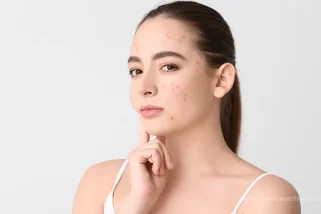

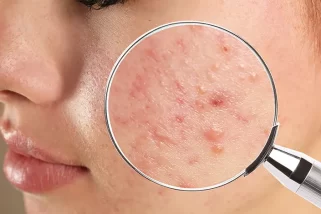
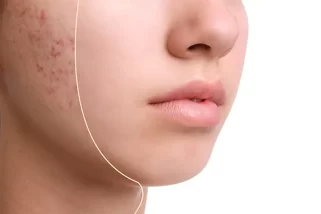

 This article changed my life!
This article changed my life! This article was informative.
This article was informative. I have a medical question.
I have a medical question.
 This article contains incorrect information.
This article contains incorrect information. This article doesn’t have the information I’m looking for.
This article doesn’t have the information I’m looking for.